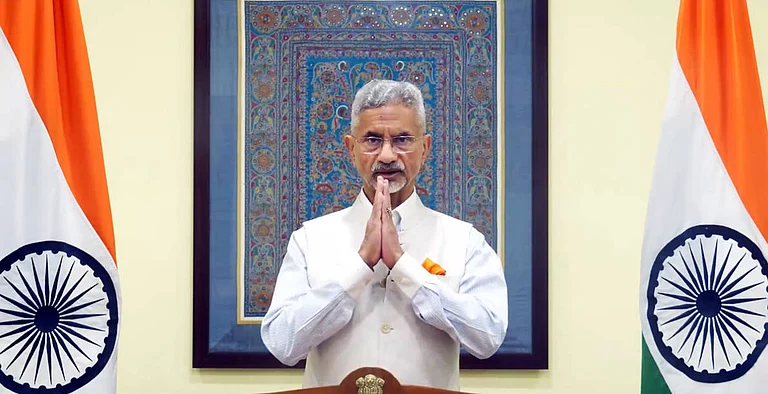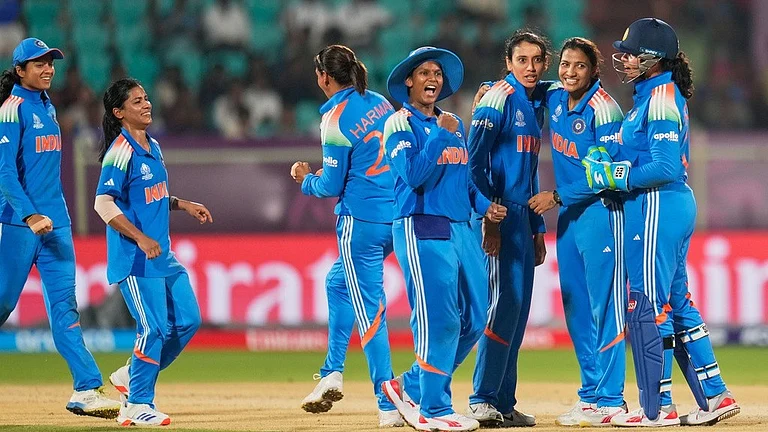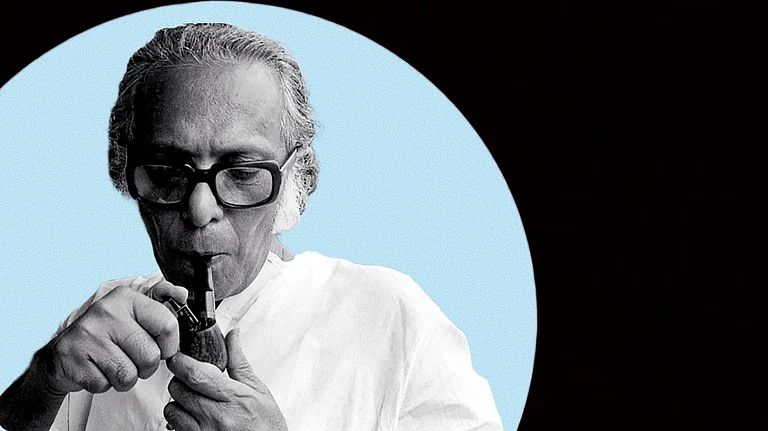***
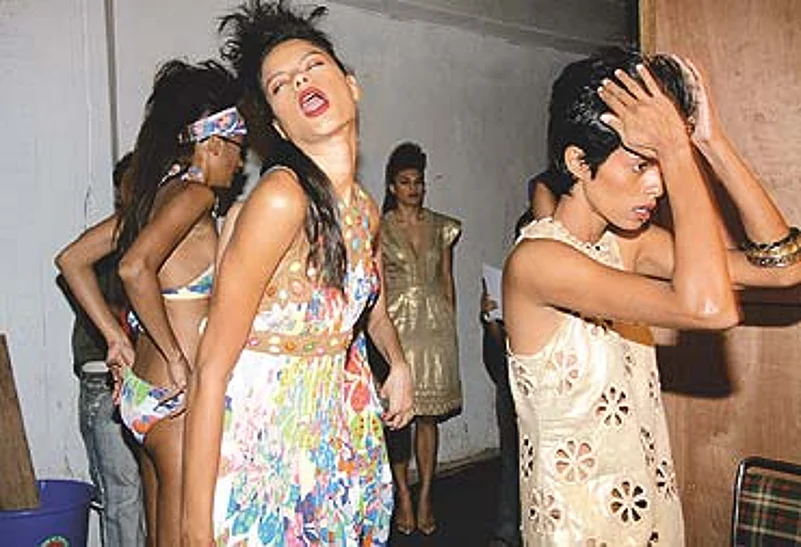
If the Louvre can open a branch in Abu Dhabi, why target Indian fashion? After all, Omkara is not Othello. Shilpa Shetty is not Naomi Campbell. M.F. Husain is not Andy Warhol. Rohit Bal is not Karl Lagerfeld. And yet each is an intrinsic part of Brand India. "The brand image of Indian fashion is bigger than it has ever been," says veteran fashion entrepreneur Sunil Sethi, CEO, Alliance Merchandising Company. For him, the turning point began in 2002, when 17 Indian designers were taken to Selfridges to show and sell. The clamour to get recognition and business abroad continues. But it is equally obvious that designers are now comfortable with their own identities and serious about the domestic market.
When India Fashion Week was first instituted by the Fashion Design Council of India (FDCI) in 2000, 33 designers participated in 24 shows. It had 300 registered buyers. This season for Spring Summer 2008, there were 71 designers, with 42 shows and over 100 stalls at Delhi's Pragati Maidan, the sprawling new venue. Fifty-four models walked the ramp—10 made a debut here. About 800 people worked to put this event together over the last four months.
A bit of business, a lot of hype, some disastrous collections, some beautiful ones; a reaffirmation of Indian textiles in designs, Manish Arora and Anamika Khanna to show next month at Paris Fashion Week, a growing local market—and the glass of Indian fashion is suddenly half full.
Cocktail reactions do the rounds. "The first 4-5 years of fashion weeks went in internalising the goings-on. Now we are at the next stage—it is no joke to have two of them every season," says Anil Chopra, vice president, Lakme Lever. Rathi Vinay Jha of FDCI stresses the need for multi-marketing for designers. She also clarifies, "There are at least five levels of designers in India with different skills, infrastructure and goals. You cannot compare the biggies with the younger lot. But the debutant younger ones should be mentored by the seniors."
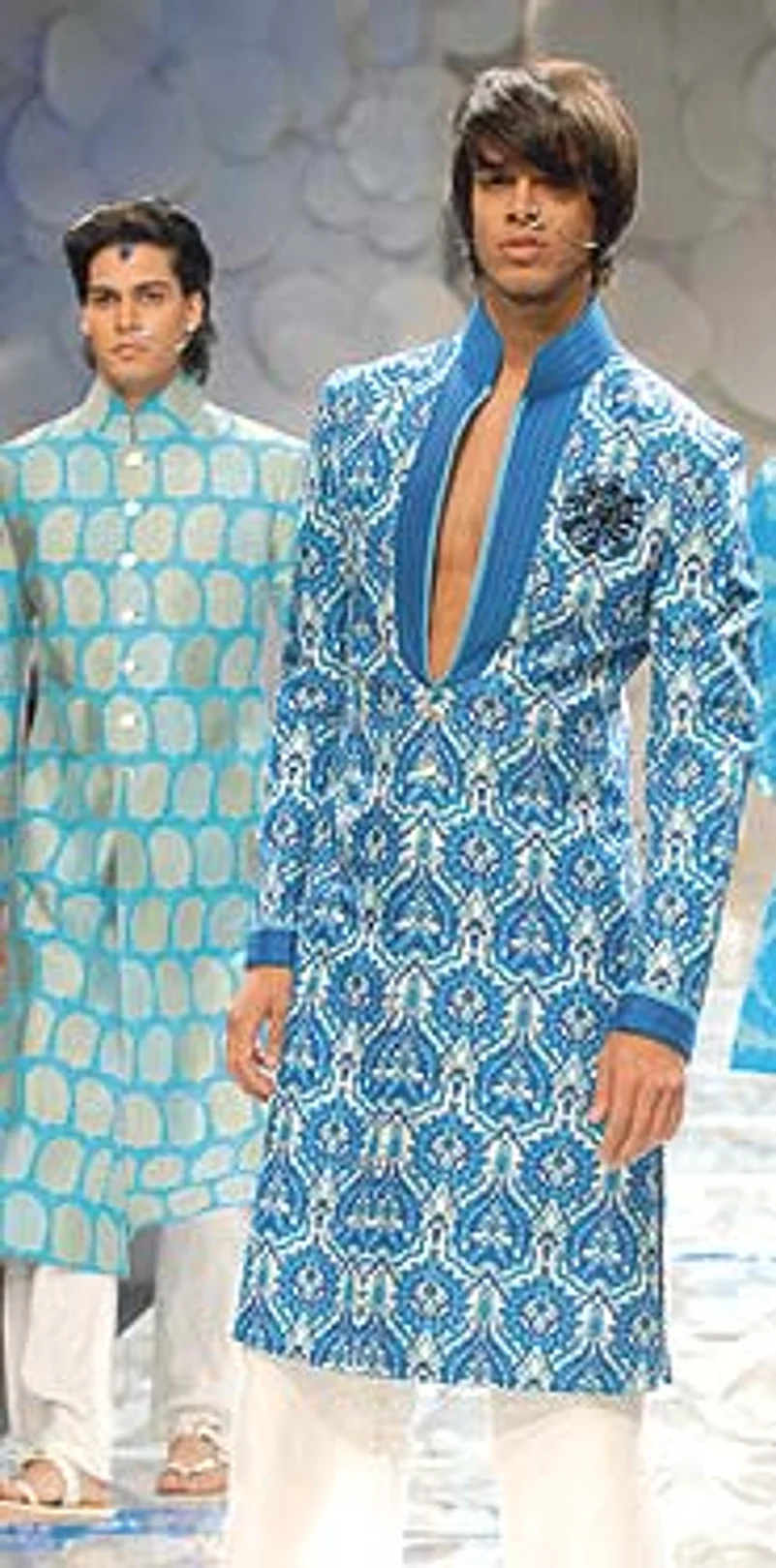
| Rohit Bal’s show at WIFW Spring Summer 2008 in Delhi |
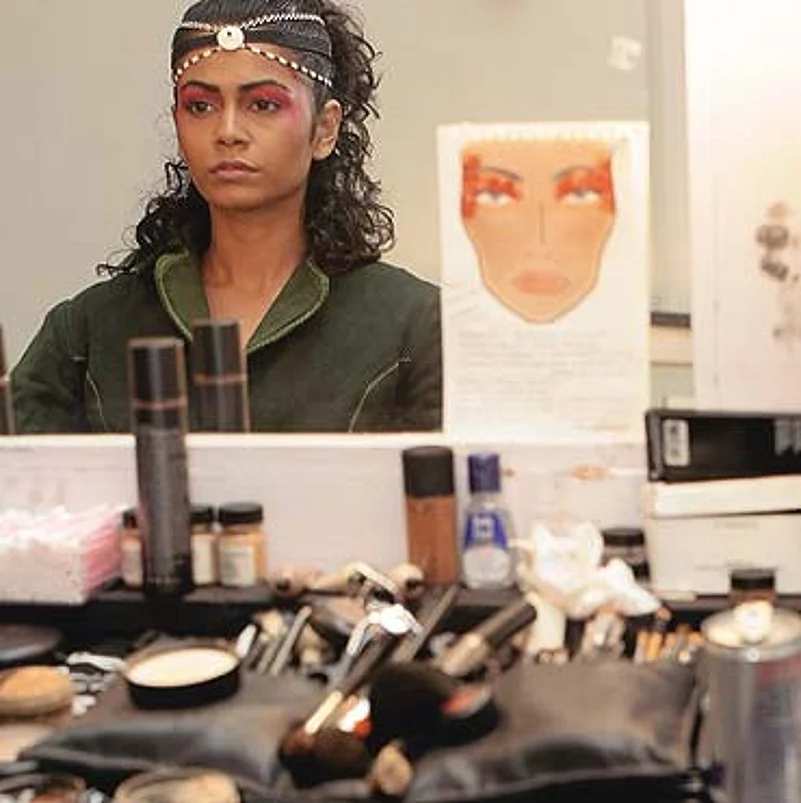
Yet publicity is a boon with a bane. Talking about the crossfire between designers and media, Caroline Young, CEO, Creative Link India, who has been following Indian fashion for the last 13 years, says, "Let's not throw stones at glass houses ... we are still in a fragile state ourselves. The danger of too much hype leads to a preconceived idea. I call it the Emperor's new clothes syndrome, asking whether these young designers have the ability and the infrastructure to live up to it?"
A question one of the debutants Prashant Verma may want to ask himself. Projected as fashion's new darling by the media, his show was mediocre and unoriginal, contrary to the gush one heard. "Hype is a part of fashion and it helps," says Tahiliani, "but eventually it is about keeping up with the orders."
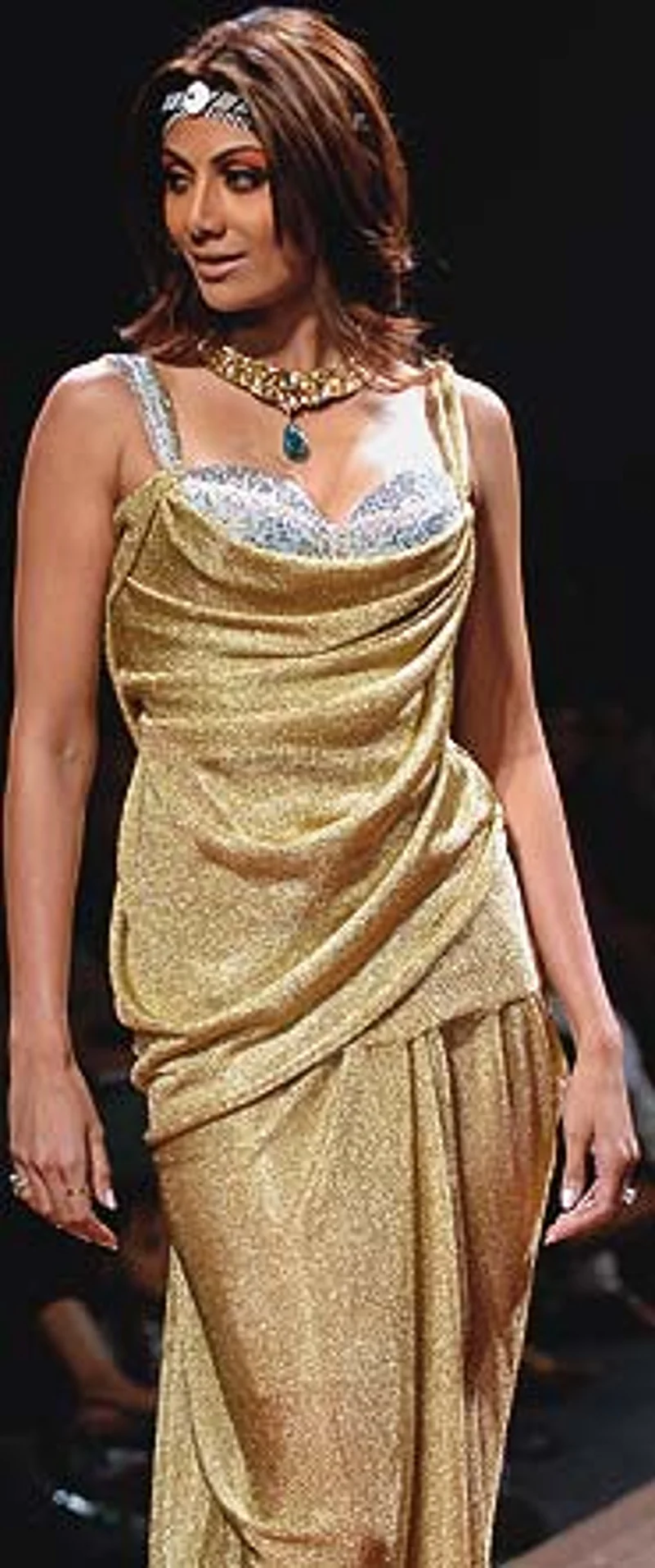
| Shilpa Shetty in a Tarun Tahiliani ensemble |







